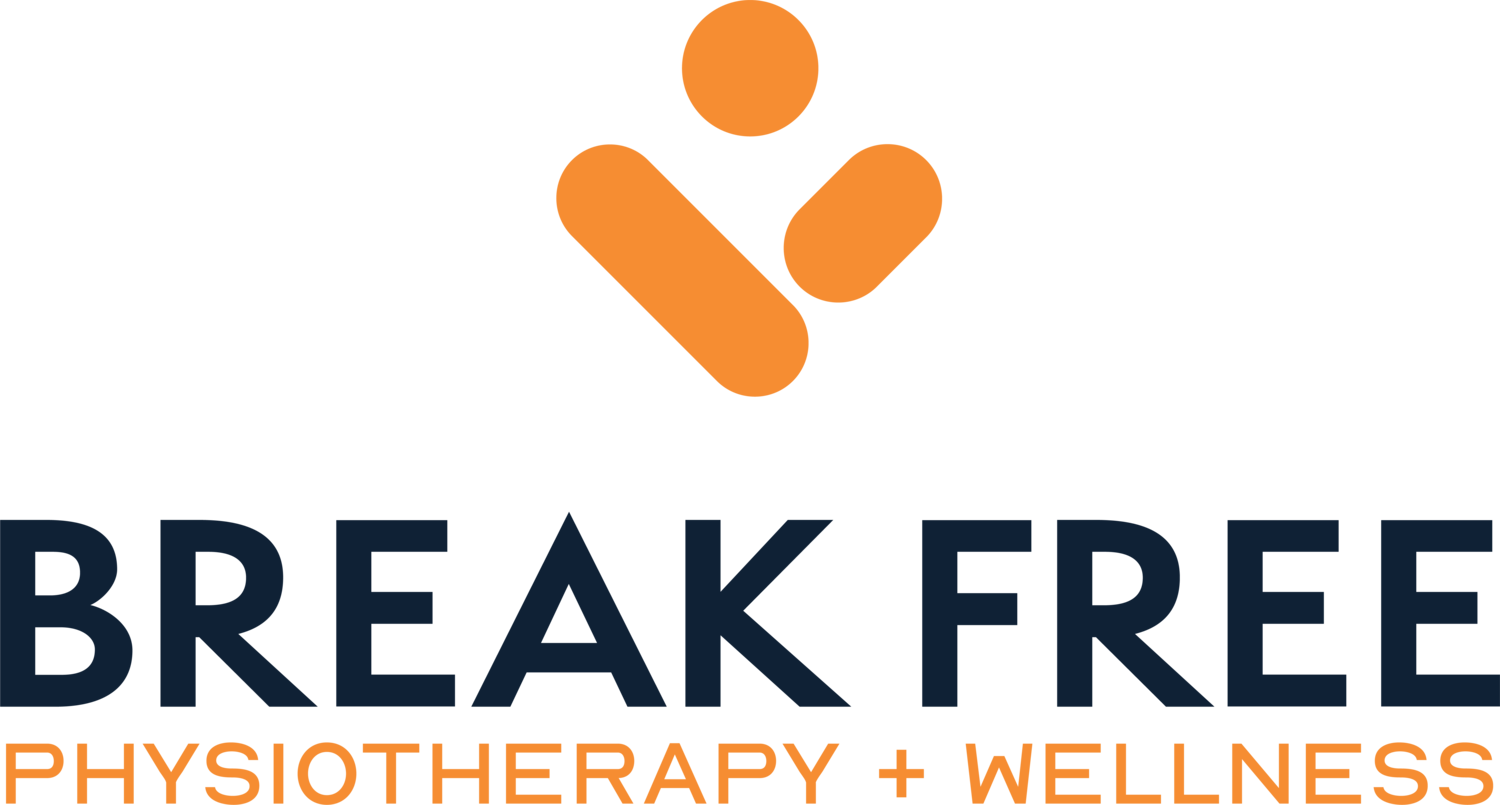DRY NEEDLING
Old injuries that keep reoccurring are no fun. If you’re feeling lost and you’ve tried many different treatments to rehab your injury but nothing seems to work, dry needling might be the option for you.
Dry Needling involves inserting thin needles into tight muscles to help increase blood flow, stimulate receptors resulting in muscle lengthening, and stimulate nerves. This can result in improved range of motion, decreased pain and sensitivity, and overall improved function.
Dry needling may be a good treatment option for you if:
You have had minimal to no improvement with treatments such as massage, chiropractic, manual therapy, stretching, or strengthening exercises
Your pain came on suddenly with no recent injury
You are a highly active individual
You have a long-standing (or chronic) injury
You have persistent knots or tight muscle bands that do not change with stretching, massage or foam rolling
Your injury seems to worsen with treatment and exercise
The limb or affected area feels different than normal
There is shooting pain, tingling or numbness that runs down your leg
If this sounds like you, book an assessment with one of our physiotherapists to see if dry needling may be helpful to reduce your pain and get you back to doing what you love.
One of our co-owners, Physiotherapist Corey Kim, benefitted from dry needling in the rehabilitation of his own lower back injury. He is now trained in IMS Gunn dry needling and seeks to use it as a tool to help you get back to pain-free activity.
Dry Needling Frequently Asked Questions
-
Dry Needling uses a thin filiform needle (the same one used in acupuncture) to release tension in a tight band of muscle to release tension.
-
Yes, dry needling a safe treatment. Your physiotherapist has completed intensive training in dry needling and has in depth knowledge of human anatomy.
-
Many people notice an immediate effect. Whether this is reduced pain or sensitivity, decreased tension in the muscle or improved range of motion. You may notice that muscles that were always tight will now respond better to stretching, strengthening and massaging.
-
Practitioners using Gunn IMS Dry Needling have been trained to find the underlying source of your pain beyond the local area of discomfort. When looking at the problem, they assess the entire body to treat different areas that could be the source of your pain. Gunn IMS Dry Needling is used to accelerate healing or help with chronic injuries that do not respond to exercise or stretching.
There is overlap with other techniques of dry needling, however, Gunn IMS practitioners are trained to complete a thorough physical examination to recognize what specific areas need to be treated for effective results.
Check out our blog on Gunn IMS dry needling here.
-
Dry needling may be right for you if:
You have persistent knots or tight muscle bands that do not change with stretching, massage or foam rolling
Your injury worsens with treatment and exercise
The limb or affected area feels different than normal
Your pain came on suddenly with no recent injury
There is shooting pain, tingling or numbness that runs down your leg
You have tried treatment from other practitioners with minimal to no improvement
-
If you have plastic or metal implants in the treatment region or you have had previous surgeries in that region
If you have a blood clotting disorder
If you are pregnant (for certain regions)
If you are afraid of needles
If you are allergic to stainless steel or alcohol
-
In most cases, people report no pain at all. In other cases, people will report a gentle pinch or deep ache when the needle is inserted. Some will also report a grasping sensation around the needle which is often a sign that a taut muscle band has been released.
Clients have reported muscular soreness two days after which is also normal. The soreness should dissipate with heat and general walking.
-
There are several reasons:
Muscles have stretch receptors that are stimulated, causing lengthening of a tight muscle.
Needles increase blood flow to stimulate healing in an area.
Stimulating muscles will excite nearby nerves causing it to function normally again.
-
No, the needles are solid stainless steel. They are different from the needles used at your doctor’s office for injections.
-
The needles used are thin filiform needles and vary in size depending on the area we are treating. If you have had acupuncture, they are similar in size.
-
It is dependent on what we are treating and how many areas of concern you have. If it is your first time receiving dry needling, we will start with less needles than someone who has received treatment before.
-
Corey, Jessica and Tarra all use dry needling! You can book with any of them in order to try out dry needling treatment.
Learn more…



